Coriolis flow meters are widely considered the gold standard for mass flow measurement across a wide range of industrial applications. Their impressive accuracy in measuring mass flow is just one advantage; their unique ability to combine mass flow and density measurements in a single instrument also helps users maintain better control, particularly in processes where variations in stream density could impact outcomes.
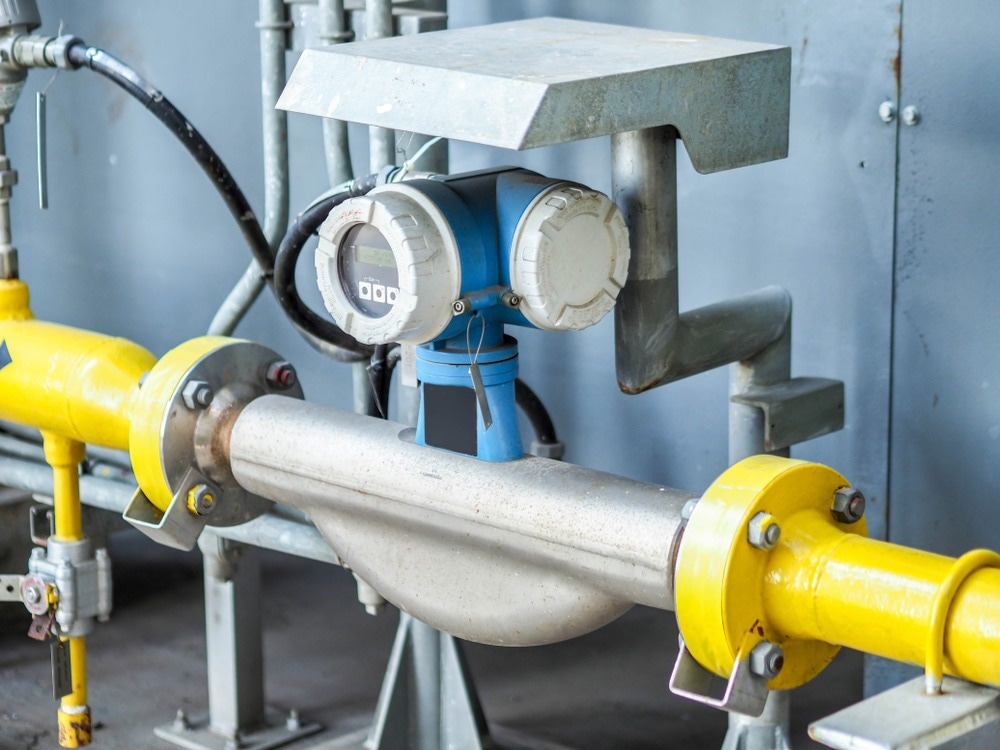
Image Credit: engineer story/Shutterstock.com
In some applications, measuring flow by simple mass or volume is sufficient. However, in many cases, it's critical to monitor density fluctuations, which can signal changes in material composition or process conditions. Failing to account for these changes can lead to under- or over-delivery of key materials, resulting in product defects, inaccurate billing, regulatory non-compliance, and other costly issues.
Coriolis meters operate by measuring fluid flow through a vibrating tube, using the Coriolis effect. As fluid moves through the tube, it induces a tiny twisting force proportional to the mass flow rate, causing a measurable wobble in the tube.
While Coriolis flow meters may have a higher initial cost compared to other types, they can often replace multiple instruments by simultaneously measuring mass flow, density, concentration, and temperature. This not only reduces equipment costs but also minimizes the need for spare parts and maintenance.
Unlike many other flow measurement technologies, Coriolis meters do not require a straight run of intake piping. Instead, they directly measure mass flow by detecting the deflection of the vibrating tubes through which the fluid passes.
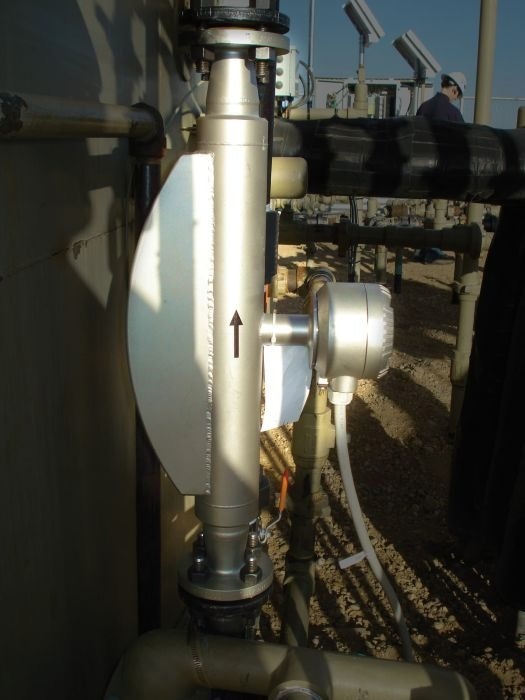
CoriolisMaster at work. Image Credit: ABB
Diverse Applications Across Industries
The combination of measurements offered by Coriolis meters proves valuable across a wide range of applications. In oil extraction, for instance, they can precisely monitor how much water is produced alongside the oil, offering important insights into overall production efficiency.
When it comes to compressible fluids like gases or steam, Coriolis meters maintain their accuracy by compensating for density changes caused by fluctuations in temperature or pressure. This capability can significantly impact energy flows across a site, which is why strategically placed Coriolis meters are often a key part of modern energy management systems.
Their high level of precision also makes Coriolis meters ideal for low-flow, precision-dosing applications. Take fruit yogurts, for example. Each pot is sold by mass, but the yogurt’s density can vary depending on the amount of fruit mixed in. Operators not only need to measure the amount of yogurt dispensed but also ensure that the yogurt contains the correct balance of fruit and other ingredients, both critical for maintaining product quality and meeting consumer regulations.
New applications for Coriolis technology continue to emerge. Hydrogen, for example, is expected to play a major role in the future as countries work to decarbonize their energy networks. Coriolis flow meters are particularly well-suited for this transition, offering the same high accuracy for gases as they do for liquids.
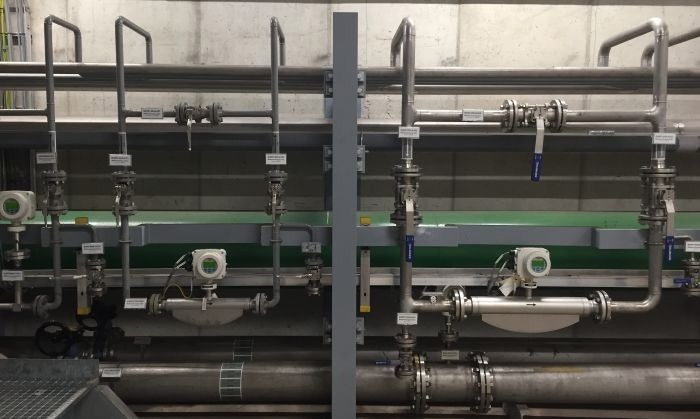
Image Credit: ABB
ABB’s CoriolisMaster for Improved Quality and Control
The ABB CoriolisMaster has been engineered to deliver superior performance compared to other meters in its class. Thanks to its unique design features, the CoriolisMaster can handle high flow rates while maintaining impressive accuracy at very low flows. With the largest turndown ratio available, it covers a wider range of applications, and in some cases, it can even replace two meters with a single unit.
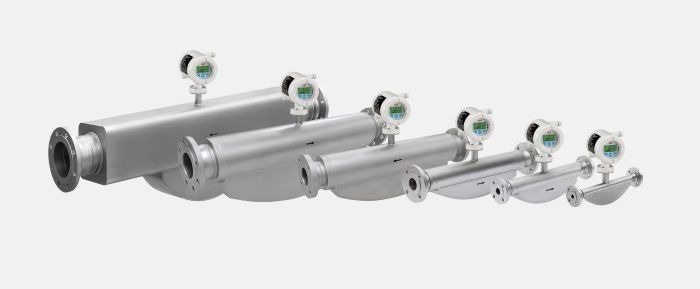
ABB’s family of Coriolis mass flowmeters. Image Credit: ABB
Careful engineering and robust construction have enabled ABB to build the CoriolisMaster with a larger internal tube diameter, without sacrificing measurement accuracy.
One major benefit of this design is a significant reduction in pressure drop, typically between 50 % and 90 %, which minimizes disruption to the process flow and reduces the energy needed to pump the fluid. In fact, the difference in pumping energy can be so substantial that it may even allow for the installation of smaller, more efficient pumps.
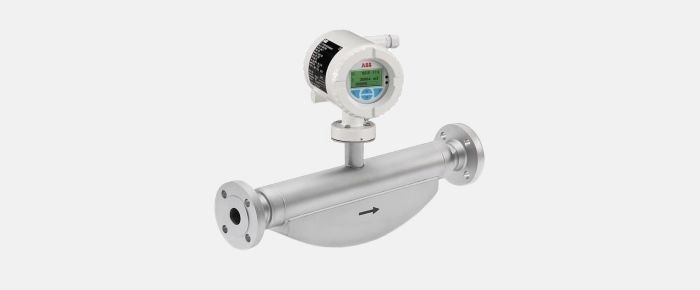
The ABB CoriolisMaster FCB400. Image Credit: ABB

This information has been sourced, reviewed and adapted from materials provided by ABB.
For more information on this source, please visit ABB.